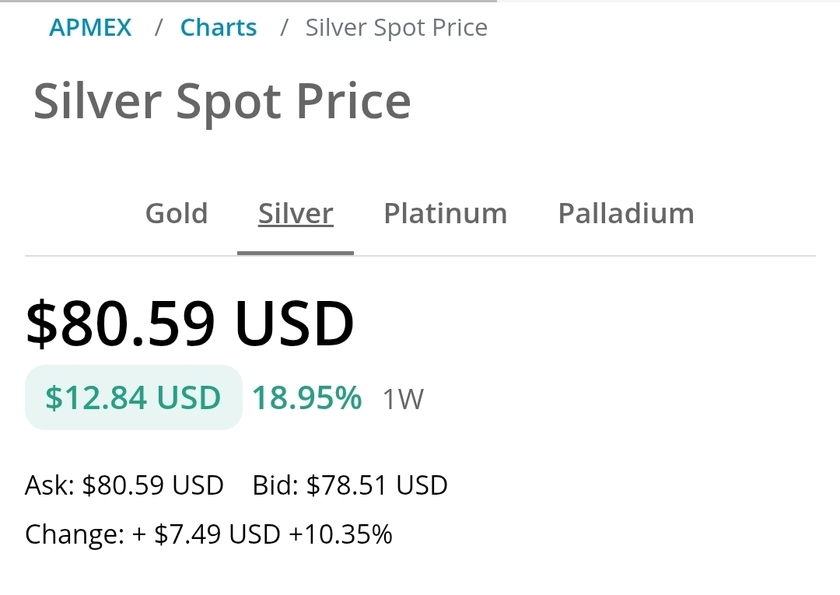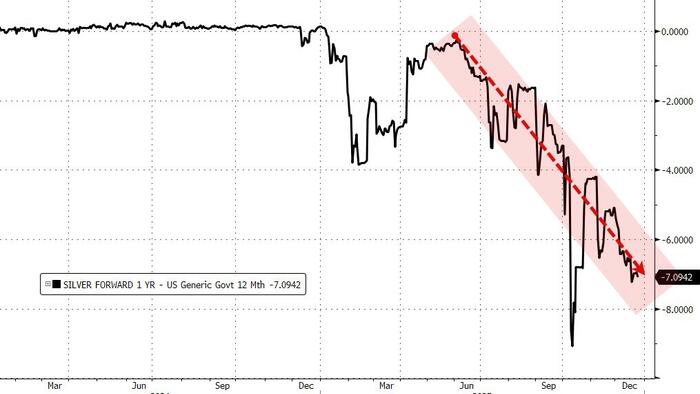Top Meme Coins To Buy Now, November 4 – Osaka Protocol, PepeFork, Maneki
Today, there has been a slight decline in the trading activity of top cryptocurrencies. However, the impact of this decline did not extend to most of the Top meme coins in the crypto market. Currently, analysts express optimism regarding the potential trajectory of this trend. They believe meme coin investors will experience exponential profit soon.
Meanwhile, the recent uptick in meme coin prices has seen investors flock to the sector for profit. However, investors often require daily guidance in pinpointing and investing in the most promising meme coins. This article actively steers investors towards these enticing opportunities.
● Top Meme Coins to Buy Now
Amid the market resurgence, a few meme coins have captured investors’ interest. This article spotlights PepeFork, the Osaka Protocol, and Maneki. It explores the strengths of these tokens while highlighting what sets them apart.
Meanwhile, investors looking for massive ROI should quickly add the Crypto All-Stars token to their watchlist. This presale project has been making waves since its ICO began. Investors can buy this token at an affordable presale price of $472 before it increases tomorrow.
1. Maneki (MANEKI)
Maneki is a crypto project inspired by the traditional Japanese “maneki-neko,” symbolizing good luck and prosperity. The team’s marketing efforts have made it the first meme coin featured on Times Square and New York billboards. It has also secured global trademark rights through the Madrid Protocol, allowing its full name and associated product rights.
MANEKI offers an attractive staking APY of up to 55%, significantly higher than many other meme coins. For comparison, popular meme coins like DOGE and Shiba Inu provide much lower staking rewards, typically around 0.5% and 1%, respectively. Even Baby Doge Coin offers a maximum of only 8.14% APY.
Additionally, the project initiated an airdrop campaign to distribute 10% of the total supply. This massive airdrop quickly led to the early adoption of the token and active community involvement. It quickly followed that up with a governance DAO feature that allowed token holders to actively push the project forward. These initiatives have fostered early adoption and created a strong sense of belonging among holders.
Furthermore, the project actively promotes charitable initiatives related to animal welfare, further aligning its mission with positive social impact. This commitment to philanthropy enhances its appeal to investors who value socially responsible projects and distinguishes it from typical meme coins focused solely on speculative trading.
Meanwhile, MANEKI has established several notable partnerships that enhance its visibility and community engagement. It is the official crypto partner of SSC Napoli, a prominent football club. This partnership aims to create unique digital experiences for fans and merge sports with cryptocurrency, enhancing Napoli SSC’s connection with its global supporter base.
It has gained considerable traction since its launch on the Solana blockchain. Notably, it experienced a remarkable 30,000% surge shortly after going live. Today, it trades at $0.005026, reflecting a 20% increase in trading volume, underscoring its position as one of the Top meme coins.
2. Osaka Protocol (OSKA)
Osaka Protocol is a decentralized finance (DeFi) project inspired by the vision of true decentralization. The ERC20 token emphasizes community-driven governance, where ownership correlates with responsibility. The protocol mirrors Shiba Inu’s tokenomics, with 100% of the initial IP and 50% of the supply burned to maintain a deflationary model.
Meanwhile, it builds a democratic governance system where token holders can submit proposals and vote on decisions. This approach ensures everyone has a voice and promotes active community participation on the platform. Additionally, the Osaka Protocol distributes tokens through airdrops and liquidity farming incentives to encourage engagement.
Furthermore, its emphasis on transparent record-keeping enhances trust among users. This feature ensures an open and fair approach to all of its operations. It also mitigates issues related to centralized control and fosters a more participatory environment. It allows token holders to submit proposals and vote on critical initiatives.
Moreover, OSAK tokens provide liquidity on decentralized exchanges. These features enable users to earn transaction fees while supporting market stability. Token holders can also stake their tokens to earn extra rewards. Staking provides passive income and grants voting rights proportional to the amount staked.
Meanwhile, the token is exchanging hands at $0.0000002783 today. The project experienced a turnaround in market momentum by posting a 10% increase over the last month. Its trading volume also spiked by over 80% in the same time frame, reflecting increasing investor demand. Therefore, investors interested in high APY should closely monitor OSAK.
3. Crypto All-Stars (STARS)
Crypto All-Stars is a new project trailblazing an innovative strategy for investors. It provides a platform that allows investors to stay connected with their preferred tokens while earning rewards. Market players have started recognizing the token’s potential by buying it at its modest presale price for massive ROI.
The project features MemeVault, a cutting-edge staking model that supports multi-token and multi-chain staking. This feature allows holders of popular meme coins such as Pepe, Dogecoin, and Shiba Inu to consolidate their assets in one platform, offering potential returns. The platform provides an attractive solution for investors looking to optimize their meme coin investments without managing multiple platforms.
Beyond its groundbreaking staking model, Crypto All-Stars’ presale spans across 50 stages. The presale, which started at $0.0015432 per STARS token, has raised over $3 million, demonstrating significant interest and momentum. However, interested investors should buy the token now as the price will rise at each subsequent stage.
4. PepeFork (PORK)
PORK is an offshoot of the Ethereum-based meme token PEPE, which remains the fifth-largest meme coin with a $380 million market cap. PEPE was a significant player during the meme frenzy in the first half of 2023, when investors became millionaires overnight, investing a few bucks in initial capital.
Meanwhile, the project has incorporated several utilities into its ecosystem. It features an NFT trading card game through which the team aims to bring new holders a fun and enticing environment. Once the initial set of NFT cards is completed, future expansion packs will collaborate with other top groups in the meme coin space.
With a $200 million market capitalization a few hours after its launch, PepeFork PORK briefly sat above Baby DogeCoin as the ninth largest meme coin. Despite subsequent price fluctuations, PORK draws significant attention from a section of meme coin fans. It was launched on Uniswap in a pool paired with wrapped Ether (WETH), and it is also tradable on MEXC.
Meanwhile, the team has charted a path for expansion; it aims to form strategic partnerships to enhance the coin’s utility. In addition to its planned partnership, $PORK has secured listings on well-known cryptocurrency tracking platforms and exchanges. It is listed on Coinmarketcap, CoinGecko, and Dextools, providing users quick access to vital data and analytics.
Today’s live PepeFork price is $0.0000001098. Despite losing steam in the previous 24 hours, PepeFork has been up 30% since its launch. Moreover, investors have started to focus on the token again, as indicated by a 30% increase in trading activity in the last 24 hours. It displays 20/30 green days and demonstrates high liquidity due to its market cap.
https://coinmarketcap.com/community/articles/672914fae9271555cf42c2e0/





























